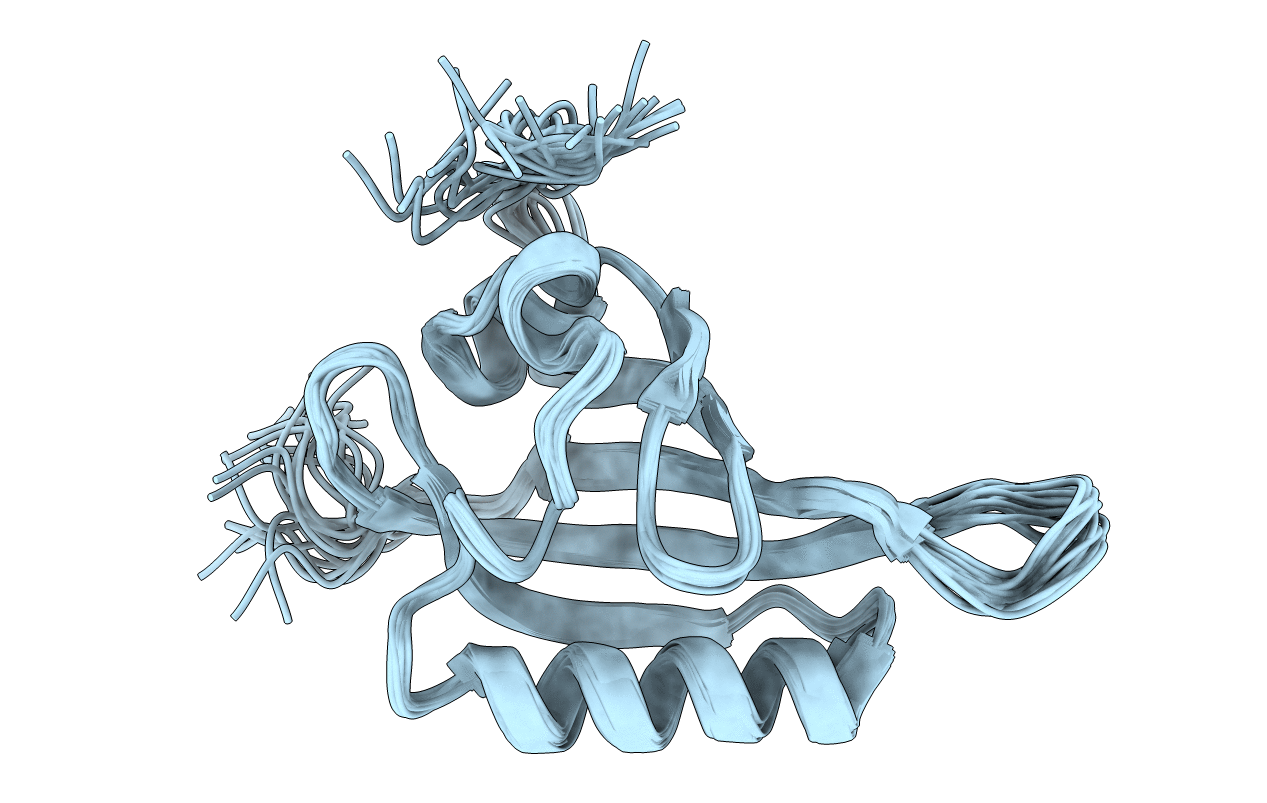
Deposition Date
2005-03-25
Release Date
2005-10-25
Last Version Date
2024-05-29
Method Details:
Experimental Method:
Conformers Calculated:
1000
Conformers Submitted:
20
Selection Criteria:
structures with the lowest energy


